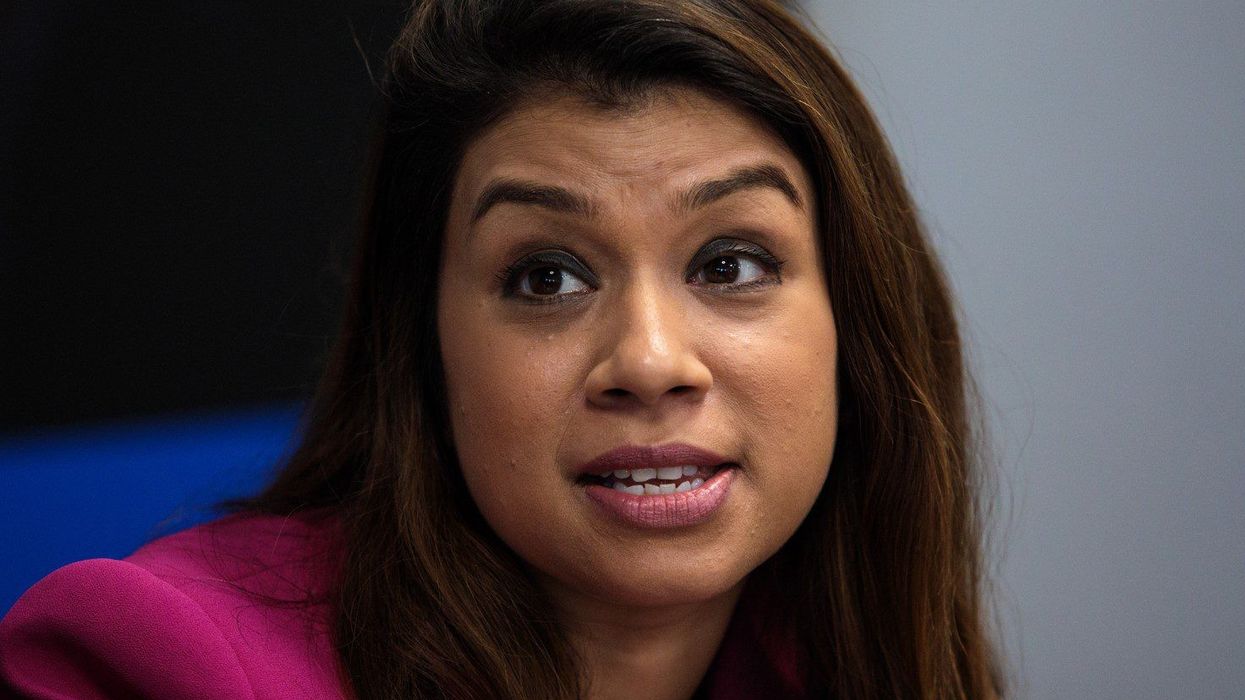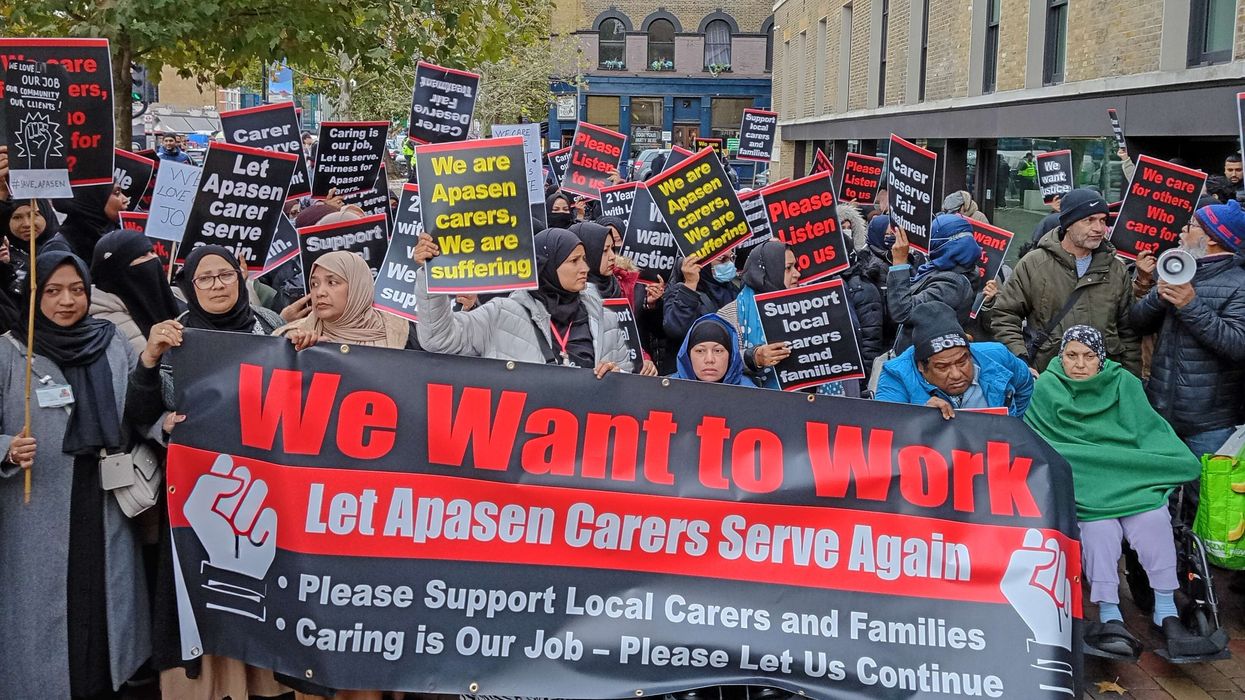By Amit Roy
A PETITION calling for the removal of Mahatma Gandhi’s statue in Leicester is being scrutinised by the city council to ensure it is not a fake one, given there appear to be multiple signings by the same people.
Those who sign the petition also have to live in Leicester.
The council will have to go through the identities of each and every one of the 6,052 people who have signed the petition to make sure they do exist and also meet the residence criteria.
It seems the council appears not to know very much about one “Keri P from Derby, ENG, United Kingdom” who started the petition. A high proportion of the petitioners were merely abusive, while others appeared to have little knowledge of history. Gandhi was accused of being against Muslims, for example, which is an odd accusation since he had tried very hard to prevent the partition of India by urging Indian National Congress leader Jawaharlal Nehru to let Muhammad Ali Jinnah, leader of the Muslim League, become the first prime minister of an independent India.
On January 30, 1948, Gandhi was assassinated by Nathuram Godse, a Hindu extremist who objected to Gandhi’s tolerance for the Muslims.
Analysis of the people who signed the petition – assuming they all exist – will probably reveal various political groups with their own anti-India agenda on issues such as Kashmir, caste and religion, according to those who have looked at the names. Why a person living in Derby should focus on Gandhi’s statue in Leicester is unclear even to the council, but Keri P posted a message on June 13 closing down the petition: “I have received an update from Leicester City Council requesting me to close the petition and formally submit it with presenting arguments.”
The Labour MP for Leicester East, Claudia Webbe, said in a carefully worded statement: “I stand in solidarity with the Black Lives Matter protests here in Leicester and across the UK.
“I will continue to support all those across the world who are safely and peacefully protesting systems of racist oppression. I believe that the calls to take down the statue of Mahatma Gandhi in Leicester are a distraction from this crucial movement.
“I recognise that, like many people of his era, Gandhi said and did some questionable things in his life.
“Yet Gandhi was part of creating a historical anti-imperialist movement in the same way that Martin Luther King created a ground-breaking civil rights movement.
“His form of peaceful protest, like Black Lives Matter today, was a powerful force for change.
“The difference between a statue of Gandhi and statues of slavers such as Edward Colston, is that there is no reasonable debate that Colston – who derived his wealth from the murderous slave trade – is a morally defensible figure to be memorialised.
“The same cannot be said for Gandhi, who remains a hero to many of Leicester’s Asian community and to millions across the world.”
To be fair, the demand for the removal of the Gandhi statue has not come from the Black Lives Matter movement, but appears connected with sub-continental politics.
The former Labour MP for Leicester East, Keith Vaz, has secured an undertaking from Sir Peter Soulsby, the elected Labour MP on Leicester, who said: “I well remember the pride and pleasure we enjoyed when this very prominent statue was unveiled on Belgrave Road.”
Soulsby, who was the MP for Leicester South from 2005 to 2011 when he was elected mayor, assured Vaz of “our joint commitment to honouring this great man in our City of Leicester”.
He recalled: “It was a matter of great pride that our city with the generous support of the donors was able to celebrate the life of Bapu (as Gandhi was also known) who was so inspirational in the creation of modern India and such an example to the rest of the world. I am delighted to be able to give you an absolute assurance that there is no prospect whatsoever of the council agreeing at any time to the removal of the statue – and certainly not while I remain mayor!”
In his letter, Vaz pointed out: “The statue of Bapu was established by the Samanvara Parivaar Charitable Trust. No public money was spent on it. It was greeted with over whelming warmth by the people of Leicester and indeed the world. It was unveiled in the presence of the then home secretary Alan Johnson MP and His Holiness Swami Satyamitranand Giriji Maharaj. All the elected officials in Leicester supported this initiative.
“At the time you said the following in your capacity as the MP for Leicester South: ‘Gandhi was a person whose teachings transcend any particular nation or faith. His teachings in the way of life showed us peace and non-violence protest can change the world. I would be proud to see a statue in our city that is a reminder to us for all his philosophy and peace.’
“I was a little puzzled by a statement issued by a spokesperson from Leicester City Council which stated that statues and road names were to be reviewed, the implication being that the Mahatma Gandhi statue would be part of that review.
“I would be grateful therefore for your absolute assurance as mayor of the City that you will not do anything nor will you permit anything to be done which would result in the statue being removed from its current position on Belgrave Road. I hope you will agree with me that the statue should stay exactly where it is.”












